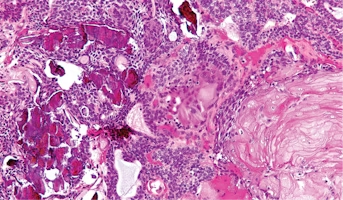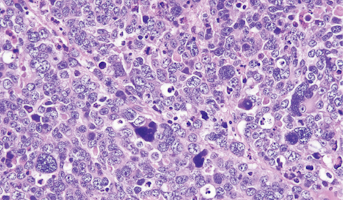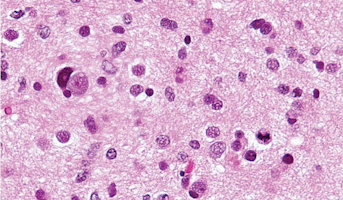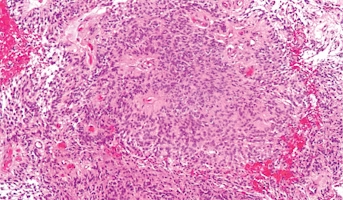Jinghui Zhang
Memphis, TN 38105, USA
St. Jude Children's Research Hospital

About
Member, St. Jude Faculty Chair, Department of Computational Biology St. Jude Endowed Chair in Bioinformatics
St. Jude Children's Research Hospital
My research interest has been in the development of highly accurate and sensitive computational methods for analyzing large-scale genomic data, especially in the area of detecting and analyzing genetic variations and somatic mutations. My group has developed computational tools for analyzing genetic variations and somatic mutations, which have contributed to the key discoveries made in the pilot phase of two major cancer genomic initiatives of the National Cancer Institute: Cancer Genome Atlas Project (TCGA) and the Therapeutically Applicable Research to Generate Effective Treatment (TARGET).

St. Jude Children's Research Hospital
research
Interests

Craniopharyngioma
Childhood craniopharyngiomas are rare tumors usually found near the pituitary gland (a pea-sized organ at the bottom of the brain that controls other glands) and the hypothalamus (a small cone-shaped organ connected to the pituitary gland by nerves).Craniopharyngiomas are usually part solid mass and

Medulloblastoma
Medulloblastomas comprises the vast majority of pediatric embryonal tumors and by definition arise in the posterior fossa, where they constitute approximately 40% of all posterior fossa tumors. Other forms of embryonal tumors each make up 2% or less of all childhood brain tumors.The clinical feature

High-Grade Glioma
High-grade Gliomas (HGG) or astrocytomas in children nearly always result in a dismal prognosis. Although novel therapeutic approaches are currently in development, preclinical testing has been limited, due to a lack of pediatric-specific HGG preclinical models. These models are needed to help test

Ependymoma
Ependymomas arise from ependymal cells that line the ventricles and passageways in the brain and the center of the spinal cord. Ependymal cells produce cerebrospinal fluid (CSF). These tumors are classified as supratentorial or infratentorial. In children, most ependymomas are infratentorial tumors

